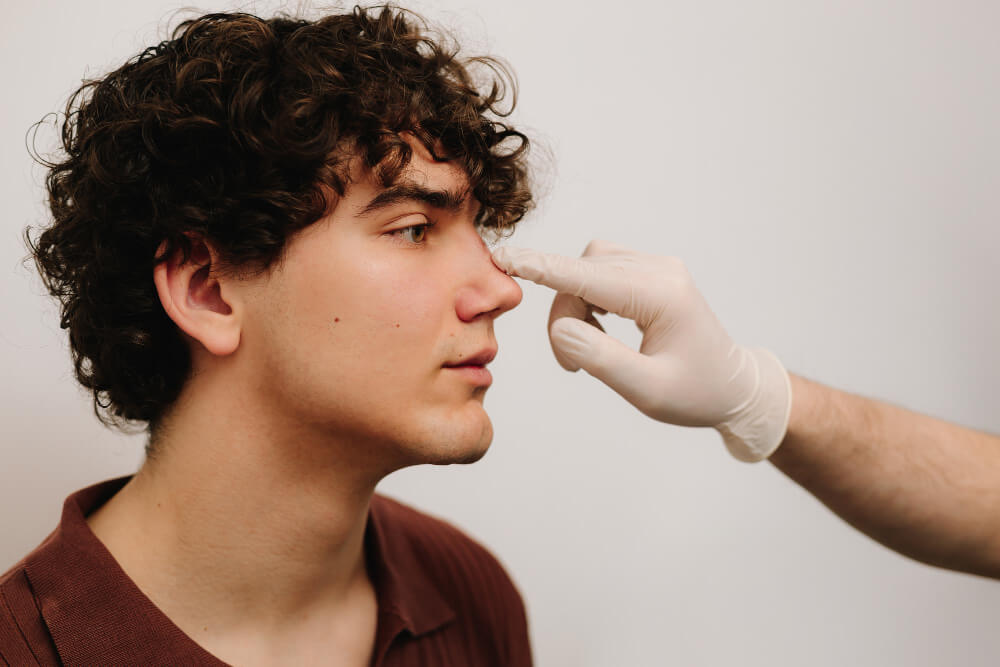If you live in Bellevue and you’ve had “a sinus infection that just won’t quit,” you may be dealing with subacute sinusitis. It sits in the gray zone between a short‑lived acute infection and long‑term chronic sinusitis—long enough to be frustrating, but often very treatable with the right plan. Here’s a clear, local‑focused guide to what it is, why it happens, and how our team at Sinusitis in Seattle helps Bellevue patients breathe—and live—better.
What is subacute sinusitis? Subacute sinusitis is sinus inflammation that lasts longer than a typical cold or acute infection, but hasn’t crossed into the three‑month window used to define chronic sinusitis. Most cases linger for about 4–12 weeks. Common symptoms include nasal congestion, facial pressure, thick nasal drainage, post‑nasal drip, reduced sense of smell, and fatigue. Unlike a sudden, severe acute flare, the symptoms can simmer—less intense day to day, but persistent enough to drain your energy and disrupt work, sleep, and exercise. (sinusitisinseattle.com)
Why it happens Multiple factors can keep your sinuses irritated and poorly draining long enough to become subacute:
- A recent acute infection that never fully cleared
- Ongoing exposure to allergens or irritants (smoke, pollution)
- Structural issues that narrow the drainage pathways (for example, a deviated septum)
- Nasal polyps that obstruct airflow
- Less commonly, immune issues that make it harder to resolve inflammation Pinpointing which of these applies to you is the first step toward a targeted, effective plan. (sinusitisinseattle.com)
When to see an ENT in Bellevue If your “sinus cold” has dragged on beyond four weeks, symptoms are worsening instead of improving, or you’ve cycled through multiple over‑the‑counter remedies without relief, it’s time for a specialist evaluation. At Sinusitis in Seattle, we serve patients across the Eastside and greater Seattle area and can confirm the diagnosis, rule out look‑alikes (like migraines or dental issues), and check for contributing factors such as allergies or structural concerns. (sinusitisinseattle.com)
How we diagnose subacute sinusitis Your visit may include a detailed history, nasal endoscopy to visualize problem areas, and when appropriate, imaging such as a low‑dose CT scan to assess drainage pathways and detect hidden blockages or polyps. This comprehensive approach helps us separate what’s driving your symptoms—and match you with the least‑invasive, most effective therapy. (sinusitisinseattle.com)
Treatment options Bellevue patients can expect with us We start with conservative care and escalate only as needed. Your plan may include:
- Targeted medications: Depending on your exam, we may recommend decongestants or anti‑inflammatory therapies; when a bacterial component is suspected, a carefully selected antibiotic may be considered. We also use medicated nasal sprays to calm inflamed tissue. (sinusitisinseattle.com)
- Nasal and sinus irrigation: Guided saline rinses help flush mucus, allergens, and debris, reduce swelling, and support your cilia (the tiny hair‑like structures that move mucus). We’ll show you safe technique and frequency, and advise on distilled or properly boiled water for rinses. (sinusitisinseattle.com)
- Balloon sinuplasty (Bellevue area): If narrowed openings are the problem and medication hasn’t solved it, balloon sinuplasty can gently widen the sinus outflow tracts using an inflatable catheter. It’s minimally invasive, typically done on an outpatient basis, and designed to restore natural drainage without removing tissue. (sinusitisinseattle.com)
- Image‑guided sinus surgery: For complex anatomy or hard‑to‑reach areas, we use CT‑based navigation (often called “stealth” guidance) to precisely address blockage with less trauma. This technology enhances safety and precision, especially near delicate structures. (sinusitisinseattle.com)
- Endoscopic sinus surgery: When inflammation, scar tissue, or polyps are the main culprits—or when other measures fail—endoscopic sinus surgery removes obstructive tissue and restores ventilation and drainage through the nostrils, without external incisions. It’s an outpatient procedure with a streamlined recovery in experienced hands. We provide this care for patients from Bellevue and throughout the Eastside. (sinusitisinseattle.com)
- Addressing structural contributors: If a deviated septum is limiting airflow or drainage, septoplasty can be combined with sinus procedures or performed on its own to improve breathing and reduce future sinus flares. (sinusitisinseattle.com)
Why choose Sinusitis in Seattle for subacute sinusitis care?
- Eastside‑friendly access: We routinely see patients from Bellevue, Kirkland, Redmond, and Issaquah.
- Full spectrum solutions under one roof: From medical therapy and guided irrigation to balloon sinuplasty, image‑guided techniques, and advanced endoscopic surgery, you won’t be bounced between clinics. (sinusitisinseattle.com)
- Experienced surgeon and team: Led by Dr. David Santos, a board‑certified otolaryngologist with decades of experience and a focus on modern, minimally invasive care. (sinusitisinseattle.com)
What recovery and results look like Many patients improve with optimized medical care and irrigation alone within days to a few weeks. When a procedure is appropriate, most are home the same day and follow a structured aftercare plan (saline rinses, activity modifications, and follow‑ups) that supports healing and long‑term success. Our goal is to get you breathing freely, sleeping better, and back to the activities you love—without a cycle of recurring “sinus colds.” (sinusitisinseattle.com)
Your next step You don’t have to wait three months to feel better. If your symptoms have lasted longer than four weeks or keep returning, let’s get you answers and a plan. Bellevue residents can call our patient care team at (206) 242‑3696 or request an appointment online—we’ll guide you from evaluation to the right treatment, all in one place.


